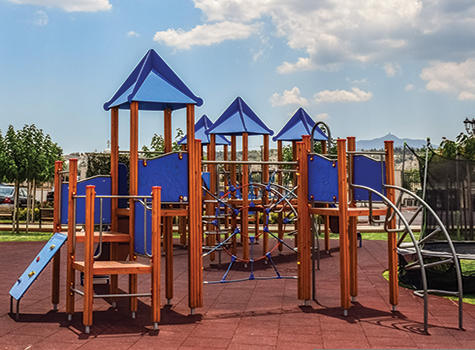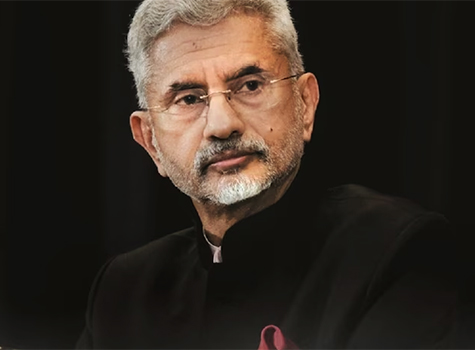By Avani Shah

Research indicates that 20% of children in the United States aged 3-17 have a mental, emotional or behavioral disorder. With a growing need for treatment, the national zeitgeist has demonstrated a greater awareness of therapy’s benefits, particularly for young children and adolescents. Research has also proven that the bond between patient and therapist is the key to successful treatment.
Children’s therapists find themselves in the unique position of having to build trust through multiple relationships, both with the child they are treating and their caregivers. Therefore, it is particularly critical that therapists be able to communicate impactfully with all those involved in the child’s care. Unfortunately, a shortage of bilingual and multilingual therapists makes it difficult for therapists to bridge the gap between treatment and successful outcomes.
Over 20,000 people speak Hindi in the state of North Carolina and yet therapists available to serve that population lag behind. Language barriers like this one can delay or even prevent successful outcomes. I was originally born in Mumbai, and, as an immigrant myself, I have seen firsthand how this linguistic and cultural disconnect can impact therapeutic relationships. It was this realization that led me to start my own clinic to embrace both a multidisciplinary and multilinguistic approach.
In the midst of a children’s mental health crisis, and an increased understanding about therapy’s benefits, we as therapists must do more to bridge cultural divides and ensure that all parties involved in a child’s care are able to work together cohesively.
One Size Doesn’t Fit All
Whether you are an adult or child, the therapy process can be challenging, at first! Whether a patient faces a speech delay, issues with motor skills, or even a mental health concern, it is necessary for your therapist to build trust with you, from the moment you walk through the door.
This is particularly critical for children— while adults have the ability to decide whether or not to attend therapy, some children may feel coerced or forced into these sessions. Additionally, cultural biases may factor into the willingness to seek care and undergo treatment, for both children and their families. Certain cultures will seek help later than others, even if their condition is significantly worse. This may be due to a combination of shame and cultural stigmas against seeking therapy, which often presents itself as an “invisible diagnosisâ€.
Across disciplines, the first step of the therapy process is for the therapist to communicate that he or she hears and understands the patient for who they are. This is the first building block of the therapy relationship, allowing the child to feel supported and engage in therapy— particularly in practicing skills or discussing topics they may find uncomfortable, at first. Without an awareness of the underlying factors that may be contributing to their hesitancy, the therapist will be ill-equipped to build a treatment plan to meet their needs.
The same holds true for their relationship with parents and caregivers. It is a therapist’s responsibility to establish goals that make sense for the child, based on a combination of their needs and their family environment. This ensures that these skills will be put into practice outside of the clinic — at home, at school and in the community. Goals that do not align with the family’s way of living are less likely to be practiced consistently, which can slow or stall progress.
Conquering Cultural Barriers
Being able to communicate with a patient and their family in their language of choice can go a long way towards forging a critical therapeutic relationship. In fact, language barriers are a large component explaining why marginalized communities, on average, are later to seek care for a mental health concern. Other reasons may include factors such as cultural stigmas against seeking therapy, mistrust in traditional healthcare systems and more.
To further promote multiculturalism in therapy, therapists should prioritize cultural humility by continuously educating themselves about the diverse values, beliefs, and traditions of the communities they serve. This can include ongoing training in cultural competence, exploring the impact of systemic oppression in the healthcare system, and being open to adapting therapeutic approaches to better align with cultural norms. Additionally, therapists should seek out supervision and consultation from colleagues with expertise in cultural issues to ensure they are providing culturally sensitive care.
Building partnerships with community organizations and local leaders can help foster trust and reduce the stigma surrounding therapy, making it more accessible to underrepresented groups. By integrating these practices, therapists can create a more inclusive, equitable therapeutic environment that not only meets the linguistic needs of clients but also deeply respects and honors their cultural identities.
Finally, organizations committed to diversity must enhance financial accessibility. In 2020, data revealed that an estimated 30 million Americans were uninsured, with half of that number being people of color. Unfortunately, this number does not include individuals who have insurance, but those who don’t have coverage for therapeutic services. In order to elevate access to a greater number of families, therapy providers must consider how the insurances they are in-network with can impact accessibility.
Creating an inclusive and accessible therapeutic environment requires a multifaceted approach that goes beyond language alone. By embracing cultural humility, engaging in continuous education about the communities they serve, and building trust with caregivers, therapists can bridge gaps in understanding and foster meaningful connections with clients from diverse backgrounds.
Avani Shah is the owner & CEO of Therapy Smarts, a multidisciplinary therapy clinic based in NC and is a Speech-Language Pathologist (SLP). She focuses on a family-centric approach and has built a diverse team of clinical experts addressing client needs across speech, physical, occupational, mental health therapy, ABA services and psychological evaluations. Contact: 919-378-1340.



